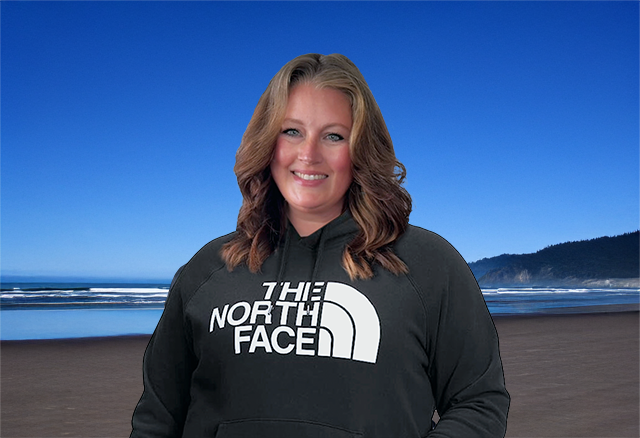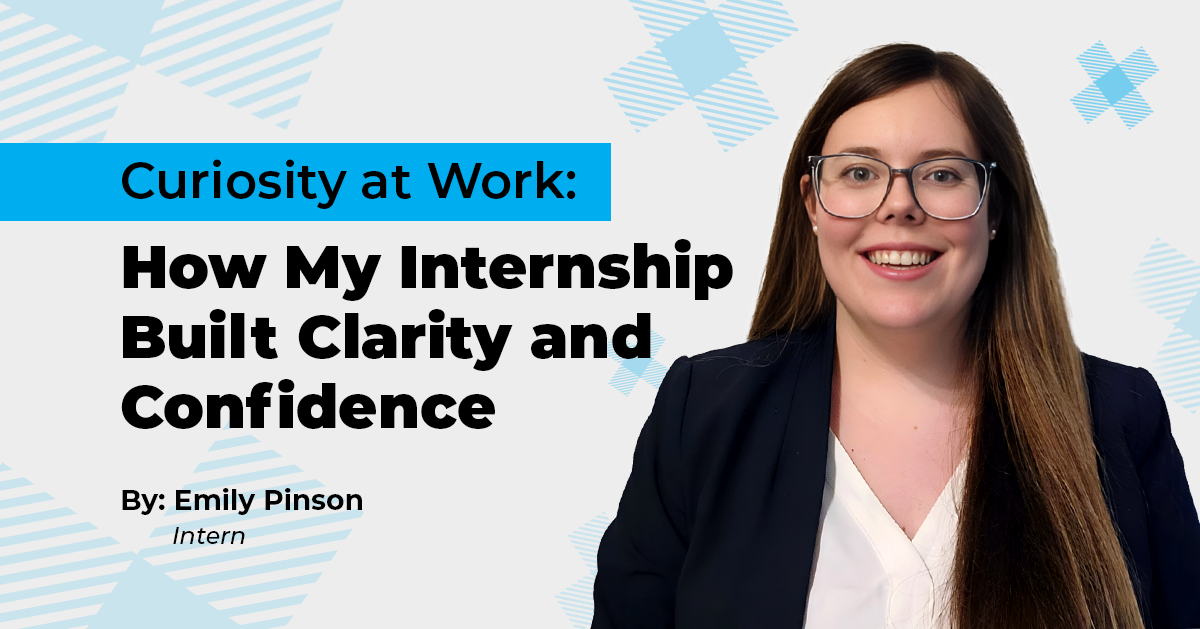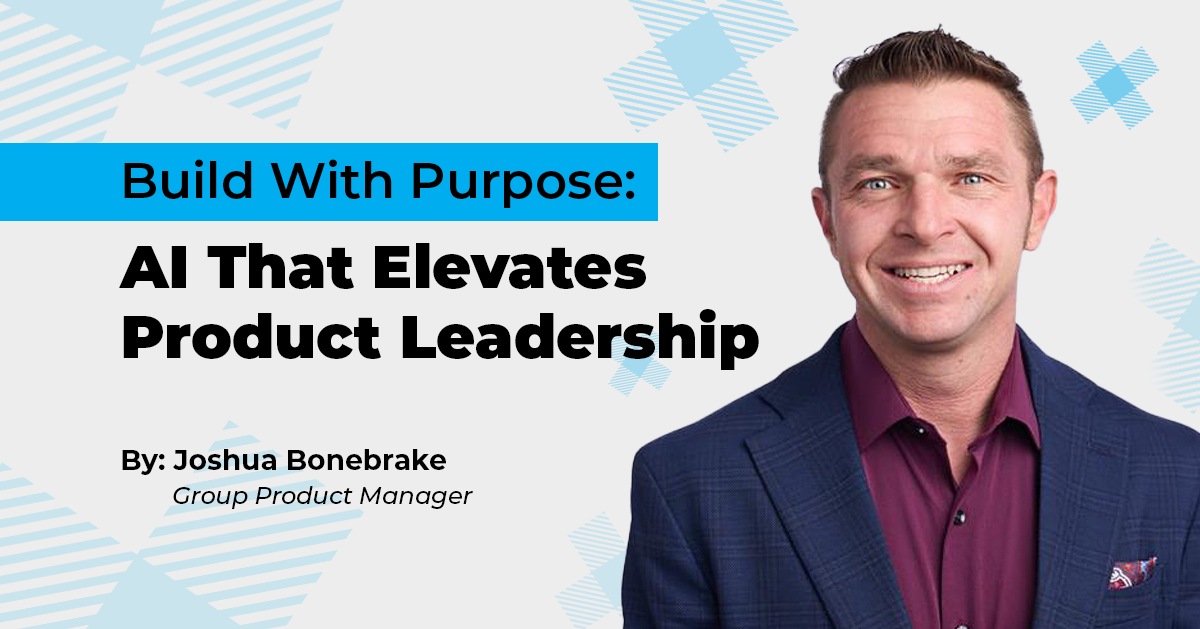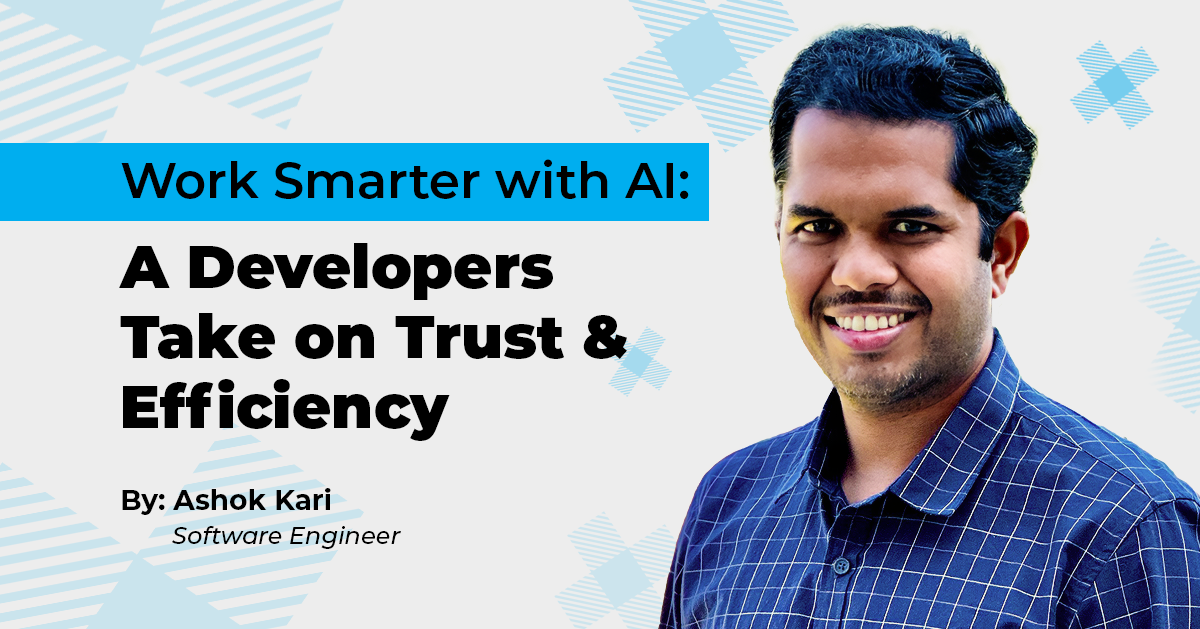
A few years ago, a colleague encouraged me to explore AI. At the time, I was already immersed in digital solutions and always looking for ways to stay ahead of the curve. I jumped in with curiosity, but I’ll admit I stumbled quite a bit at first. My early prompts lacked precision, and the results often didn’t deliver what I was hoping for. It was frustrating at times, but I believed in the potential of the technology and made it a personal goal to learn more about prompt engineering.
I started digging into resources wherever I could find them. YouTube, TikTok, Reddit, and LinkedIn became my go-to learning platforms. I followed creators who were teaching prompt engineering and breaking down AI concepts in ways that clicked with me. What started as a side interest quickly became a deeper learning journey. I wasn’t just learning how AI worked; I was learning how to work better with it.
At first, the benefits that I saw were mostly about efficiency. I used AI to templatize common documents and reduce time spent on repetitive tasks. But as I improved my prompting skills, I began to see something more valuable. AI became a creative partner. It gave me a space to explore ideas and challenge my own assumptions. I found myself thinking more broadly and uncovering perspectives which my unconscious bias might have overlooked.
In the Professional Services space, I see two major opportunities for ethical AI use.
- Automating lower-value tasks. AI can quickly generate documentation, summarize meetings, and free up mental space for more strategic work.
- Expanding the range of methodologies we use. In Organizational Change Management (OCM), we often rely on familiar frameworks like Prosci ADKAR or the Kotter Model. However, there are many lesser-known approaches that are just as effective. AI helps me surface those ideas in a fraction of the time it would take to research them manually.
Of course, human judgment still matters. I learned this the hard way while planning a cross-country move. I used AI to map out my route based on drive time and stops. But I didn’t double-check the output. Halfway through the trip, I realized I was going to arrive a full day early. It turned out to be a happy accident as I got to spend an extra day at a beautiful ranch in Montana. Still, it was a good reminder that AI is a tool, not a final answer. Always review the output, apply your own judgment, and double/triple-check any AI outputs.
There’s a lot of talk about AI replacing jobs. I think that view misses the bigger picture. Yes, some industries will change quickly, but I see this as a shift in the type of work we do, not the end of work itself. It reminds me of the Industrial Revolution. The people who thrived were the ones who adapted, learned new skills, and embraced new tools.
If you’re just starting to explore AI, my advice is simple. Don’t wait for someone to teach you. There are plenty of free, credible resources out there. Learn the basics, experiment with prompts, and keep track of what works. Build your own prompt library and keep testing.
My advice to leaders who want to explore AI is, start now, and create space for conversations about AI. Support the people on your team who are curious and motivated. Partner with IT and legal teams to make sure you’re building responsibly. The future is already here, and the organizations that invest thoughtfully will be the ones that lead.
Ready to Explore What AI Could Do for You?
At The Canton Group, we’re not just talking about AI, we’re putting it into practice across government, enterprise, and public sector projects. Whether you’re curious about where to begin, need help identifying use cases, or want to scale your current efforts, we’re here to help.
Let’s talk about how we can bring AI-powered innovation to your organization.






